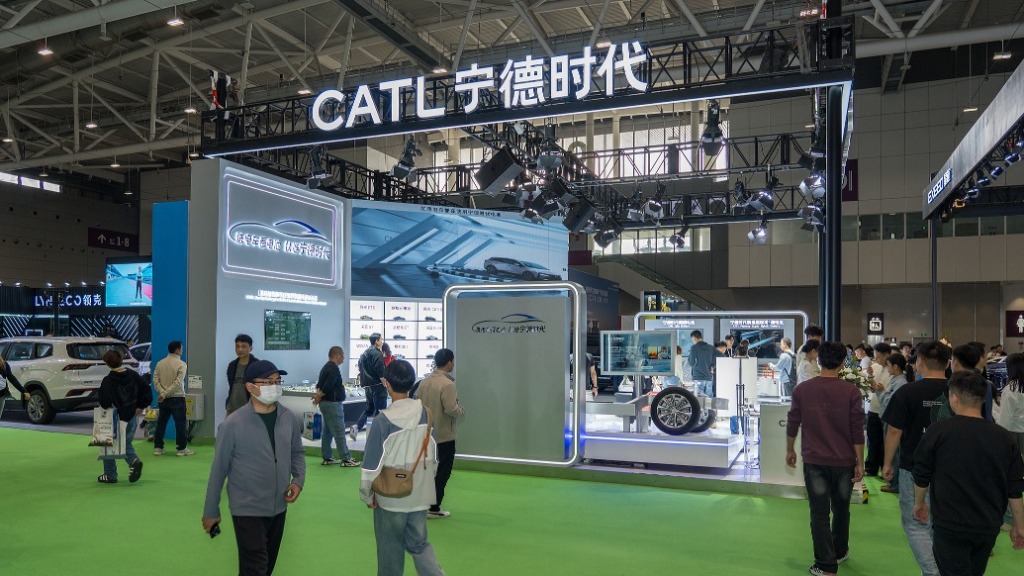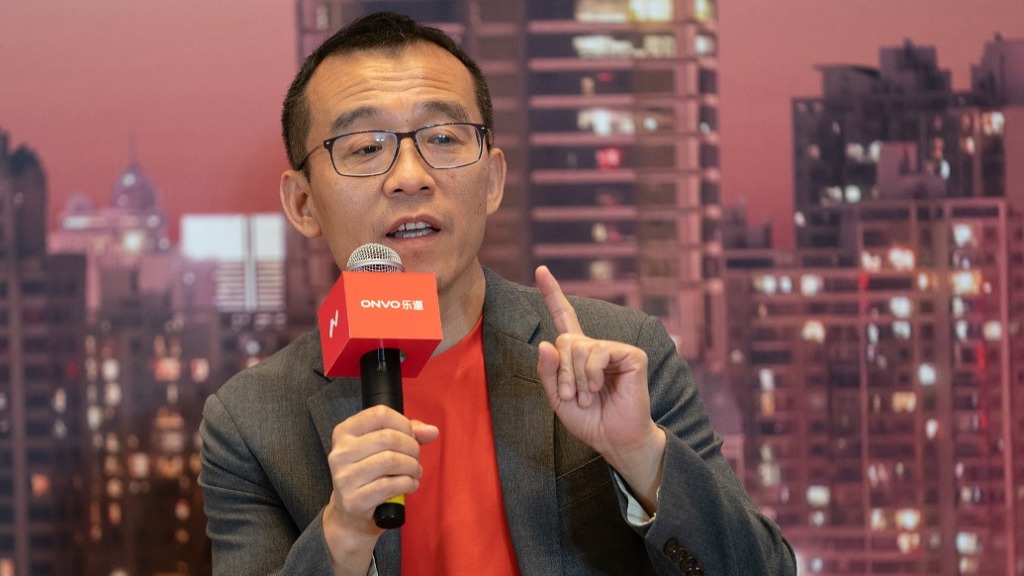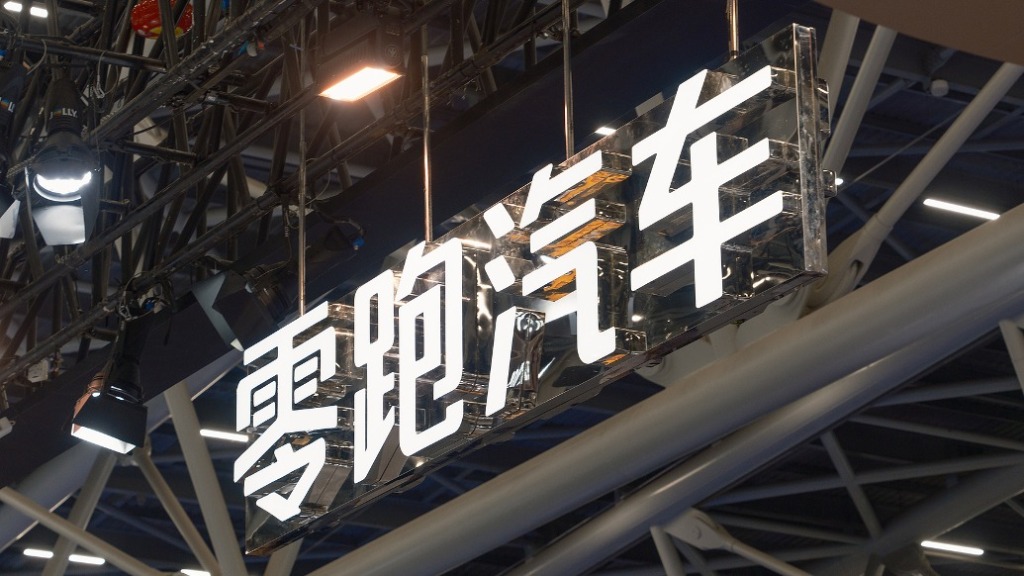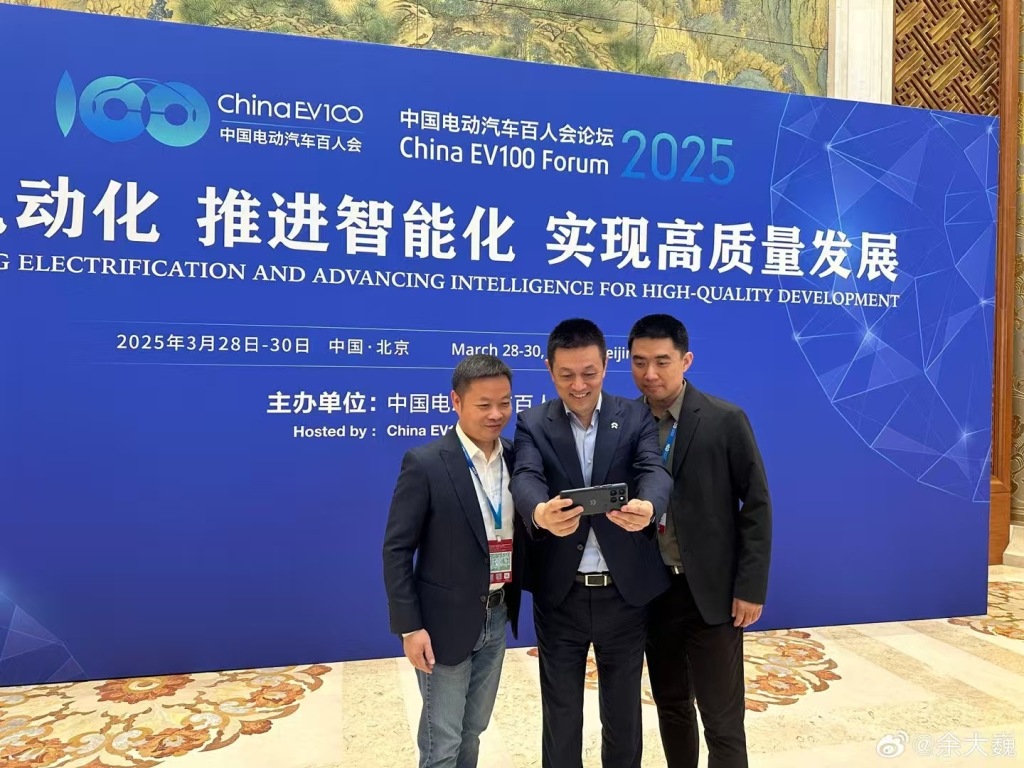
Following the strategic cooperation on battery swapping between NIO and CATL on March 17, CATL and Sinopec recently reached a cooperation on the “10,000 Stations Plan” for battery swapping.

On March 1, 2025, at the Shenzhen International Convention and Exhibition Center, CATL's booth showcased its advanced battery technology and innovative design.
In addition to these two signing ceremonies, on April 2, the National Development and Reform Commission, the National Energy Administration and four other relevant departments announced the first batch of large-scale application pilot projects for vehicle-grid interaction, covering nine cities including Shanghai, Changzhou and Hefei, and 30 vehicle-grid interaction pilot projects.
This triangular linkage across traditional energy giants, battery leaders and new car companies has broken the long-standing separatist state of "oil-electricity opposition" and explored a Chinese solution for the coordinated coexistence of new energy vehicles and power grids.
Battery specification "standardization" construction needs to be accelerated
At present, CATL has built a full-scenario solution covering passenger cars and commercial vehicles with its two technical solutions, "Chocolate Battery Swap Block" and "Qiji Chassis Battery Swap".
Sinopec's massive 30,000 refueling station resources and an average daily customer flow of 20 million will make "battery swapping like refueling" a reality from a vision.
In its previous cooperation with NIO, CATL stated that it would promote a strategic investment of no more than RMB 2.5 billion in NIO Energy. The funds will be mainly used to support the expansion of NIO's battery swap network and technological upgrades, while accelerating the introduction of CATL's Chocolate battery swap standards into new models of NIO's Firefly brand to achieve cross-brand compatibility.
However, the road to technology implementation is not smooth. The standardization of battery specifications has always been a pain point in the industry. In the field of passenger cars, Weilai's customized batteries and CATL's universal solutions have not yet been unified, and local standards for commercial vehicle battery replacement interfaces are still under negotiation. Although Sinopec has tried to promote standard setting as a national team, the competition among automakers for technological dominance may delay the process.
On the other hand, once the standardization problem is solved, the efficiency of the entire vehicle-electricity-grid system will be greatly improved. According to the "China Electric Vehicle Charging and Battery Swapping Development Report (2024)", the scale of the standardized battery swapping industry chain will exceed 200 billion yuan in 2025.
Battery swapping mode and vehicle-grid integration
China plans to promote 30 vehicle-grid interaction pilot projects in nine cities. The essence of this project is to transform new energy vehicle clusters into a "mobile energy storage network", and battery swap stations are a key point in this network.
The coupling of battery swapping mode and V2G technology is solving two problems. On the one hand, NIO and CATL provide the hardware foundation for vehicle-grid interaction through standardized battery pack design; on the other hand, the integrated “solar storage, charging, swapping and inspection” stations transformed by Sinopec gas stations create a physical carrier for the two-way flow of energy.
In 2023, Wuxi, Jiangsu completed the largest V2G test at that time. 50 new energy vehicles were connected to the V2G charging piles at the same time, feeding back to the power grid for about 1 hour, with a discharge power of nearly 2,000 kilowatts, which can meet the normal electricity needs of 133 households for one day. This two-way interactive capability makes Sinopec's 30,000 energy stations across the country no longer just energy supply points, but also distributed energy storage power stations to regulate power grid fluctuations.
However, the vision of promoting the popularization of V2G through the battery swap model also faces challenges. Public data shows that the current penetration rate of V2G facilities is less than 0.025%, mainly because the difference in peak and valley electricity prices is not enough to stimulate users' willingness to participate. If the owner charges at 0.3 yuan/kWh at night, the resale price during the day is only 0.6 yuan/kWh, and the profit is negligible after deducting the battery loss.
The operators of battery swap stations face a more severe test of asset return. The construction cost of a single V2G battery swap station exceeds 5 million yuan, and it takes 8-10 years to pay back the investment, which is much longer than the 3-5 year cycle of charging piles.
But in the long run, when gas stations transform into "energy routers" and when each swappable battery becomes a dispatchable unit of the power grid, this unprecedented energy Internet is expected to make new energy vehicle clusters a "virtual power plant" that balances electricity supply and demand.
According to a calculation made by a senior executive of a battery company, by 2030, there will be at least 100 million electric vehicles on the road. If each car uses 10 kWh of electricity a day, there will be 1,000 GWh of energy storage, which is equivalent to the daily power generation of 50 Three Gorges power stations. The practices of companies such as CATL, NIO, and Sinopec have provided a path for this vision to be realized. The access threshold is lowered through hardware standardization, the network expansion is accelerated through capital collaboration, and the dispatch efficiency is improved through data interoperability.


